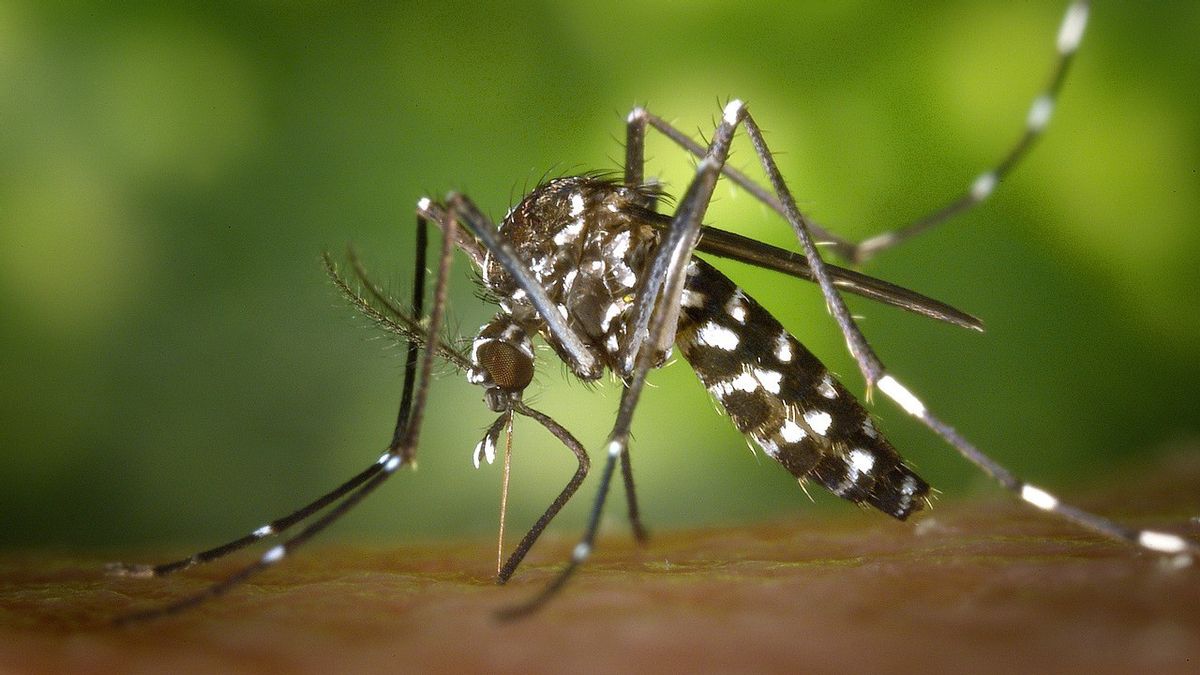JAKARTA - Researcher from the Department of Health Policy and Management of the Faculty of Public Health and Nursing, Gadjah Mada University, Prof. DR. Adi Utarini, M.Sc, MPH, PhD, said there was no connection between Japanese Encephalitis' inflammation and Wolbachia's technology.
"It turns out that Japanese Encephalitis (JE) has different mosquitoes (Culex) and the disease is also different. It has nothing to do with Wolbachia technology," said Utarini, who researched the Wolbachia bacteria and dengue fever in a media discussion with the theme "Recognizing Wolbachia and its Function to prevent Hemorrhagic Fever" online, Monday, November 20, was confiscated by Antara.
Japanese Encephalitis (JE) is one of the main causes of inflammation of the brain due to encephalitis virus infection. Some time ago, JE and Wolbachia became the talk of netizens on social media because there was an opinion linking theWolbachia mosquito to JE.
Discussions on mosquitoes with Wolbachia bacteria surfaced along with the efforts of the Ministry of Health to spread the larvae of Aedes aegypti mosquitoes containing Wolbachia bacteria to control the transmission of dengue hemorrhagic fever.
Adi Utarini, who is familiarly called Uut, in addition to denying Wolbachia's technology, said that JE also said that the technology was not related to the phenomenon or elephant leg disease.
"Wolbachia in worms that causes filariasis is different from Wolbachia in the Aedes aegypti mosquito. So Wolbachia is not just one type, but there are thousands of types," he said.
SEE ALSO:
In line with Uut, dr. Riris Andono Ahmad, BMedSc, MPH, PhD of the Department of Biostatistics, Epidemiology, and Population Health, Faculty of Medicine, Public Health and Nursing, Gadjah Mada University said that every disease based on vectors or infections from mosquitoes is only transmitted from its vectors.
"Aedes Aegypti can only transmit four diseases, namely dengue, zika, chikungunya and yellow fever (yellow fever). However, if later the other disease is spread by other mosquito vectors, namely the high incidence of the disease will not be influenced by vectors that are not intermediaries," Riris explained.
For three money with Uut, he said JE was influenced by the Culux mosquito, not Aedes Aegyepti, who was the vector of the four diseases.
The English, Chinese, Japanese, Arabic, and French versions are automatically generated by the AI. So there may still be inaccuracies in translating, please always see Indonesian as our main language. (system supported by DigitalSiber.id)


















